
Blog
-
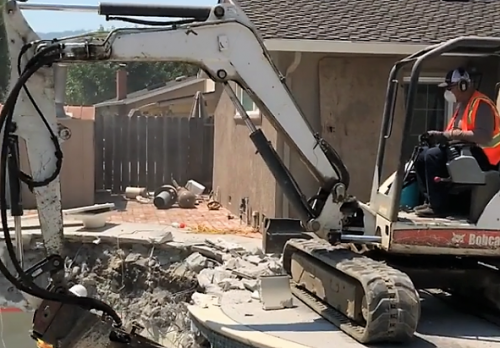
What Influences the Cost to Remove a Pool?
No swimming pool lasts forever. At some point, every in-ground swimming pool built will meet the same fate: Demolition. Oh sure, there will be a few hangers-on like old classic cars,…
-
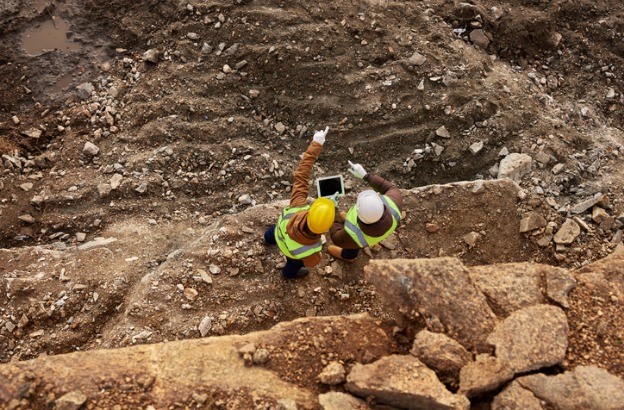
Excavation: Grading a Sloped Construction Site
An experienced builder understands that a sloped building lot presents issues such as stability, varying soil types, possible erosion, and poor drainage which can complicate construction and drive up costs. The…
-
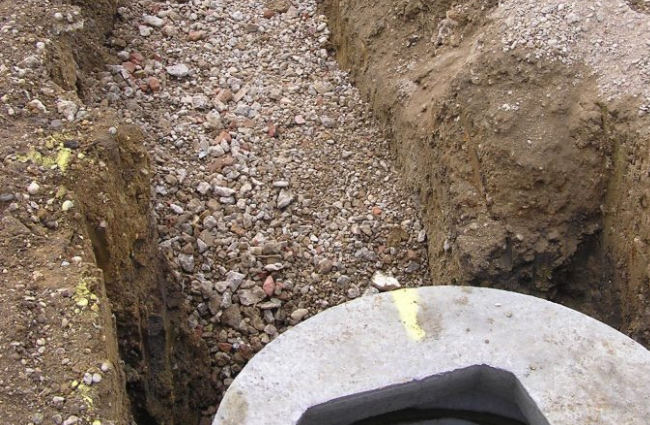
The Value of French Drains in Controlling Water Flow
Your property needs to properly drain water to protect your home. Foundations in particular need to be protected from pooling water and seepage. So the property surrounding your structure needs to…
-
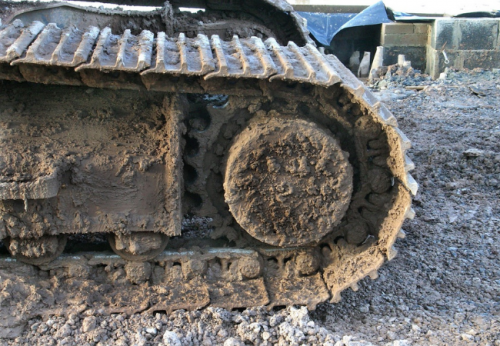
Excavating and Drilling in Wet Weather
The Northern California rainy season has begun, and with it come special challenges for construction project crews. The most common wet weather dangers are “slips, trips and falls.” These dangers are…
-
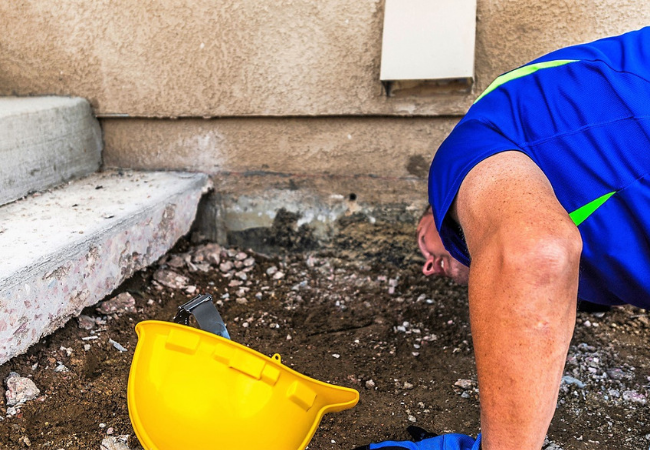
How to Winterize Your Home Foundation
With our winter season arriving, as a homeowner you should take some steps to winterize your foundation against the colder, wetter weather. This is not something you should overlook, as the foundation…
-

Seven Reasons Why Homeowners Remove Pools from their Property
While the idea of having a pool on your property is attractive, people who already have them often decide to have them removed, especially once children grow up and leave home.…
-

Construction Site Excavation Safety Steps
Excavation and trenching are naturally hazardous construction operations, and contractors need to take all the appropriate steps to ensure worker safety. The Occupational Safety and Health Administration (OSHA) defines an excavation…
-

Helical Anchor Installation Relies Upon Accurate Torque Measurements
Helical anchors enjoy widespread use today to help stabilize and secure above-ground structures, especially when that structure is built on ground that may be or has become unstable. The anchors themselves…
-
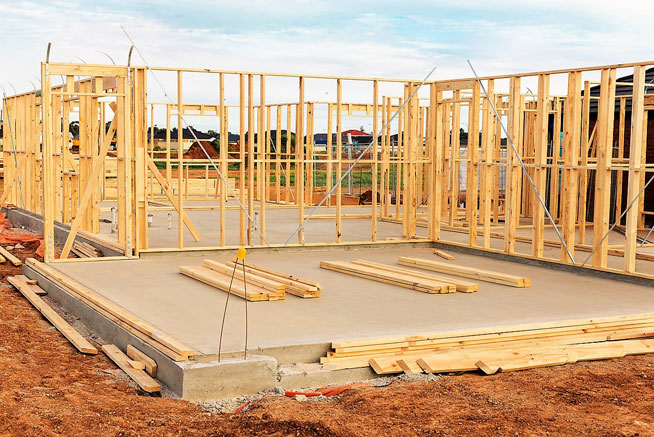
Common Residential Home Foundations
Homeowners don’t often think about the foundations of their home, but those foundations are critical components of any home, as they bear the entire load of the structure above. Foundations also…
-

Helical Anchors a Great Choice for Solar Array Foundations
One of the typical methods for anchoring ground-mounted solar arrays has been to use a slab of concrete for the foundation. Helical piles are gaining popularity among designers and contractors, though,…
